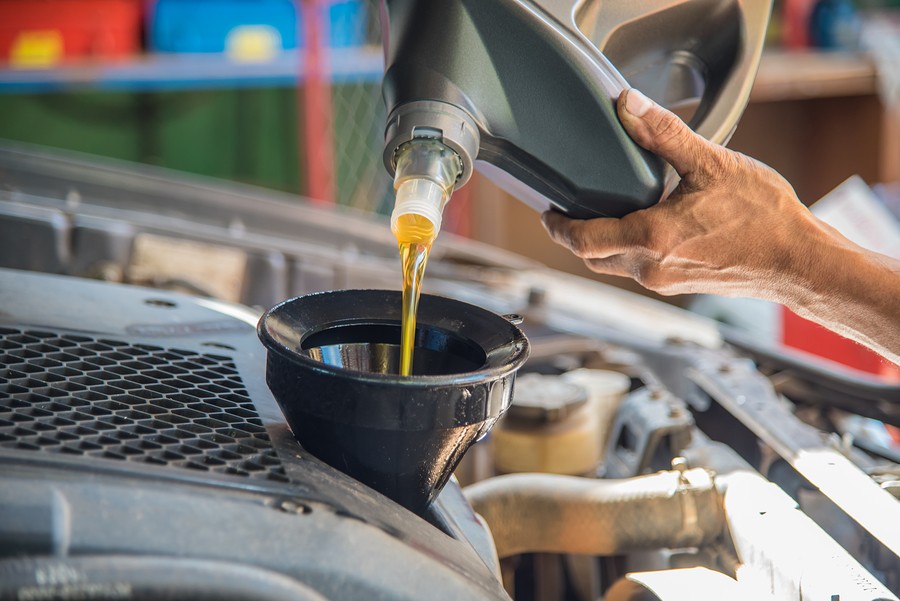If you're wondering “how to know if engine oil is overfilled,” below are some checks to confirm:
- Use the dipstick
- Look at the oil color
- Inspect the oil cap
- Monitor any weird noises
Most car owners understand the importance of maintaining the optimum oil level. They always focus on ensuring enough oil in the engine and that this oil is top quality. However, there is a continuously underestimated topic: the implications of overfilling the engine oil.
As experts indicated, your engine oil must be within a certain range you don't want to exceed. You don't want to have very low engine oil, but you don't want too much engine oil because this could also lead to many problems.
This article provides you with four different ways that could help you confirm whether your engine oil is overfilled or not. Once you confirm that there is too much engine oil, you must take it out using certain tools to avoid other complications.
Why is it bad to overfill the engine oil?
Many think having too much oil is a good idea because it helps lubricate the engine better. However, that's not the case because every vehicle is designed to withstand a certain engine oil range. Putting very little engine oil is not good, and too much engine oil can lead to many problems.
The list below provides you with the potential problems your vehicle might face when you have a lot of engine oil.
– Oil foaming
When you put too much oil in the engine, it leads to what's known as oil foaming. This happens when some bubbles form within the oil, leading to many problems. For example, when there are a lot of bubbles in the oil, it prevents the oil from providing the necessary lubrication to lubricate the internal engine components.
Moreover, too many oil bubbles can cause additional wear and tear to the engine instead of maintaining the engine quality and preventing overheating.
– Oil aeration
As we mentioned before, when you put a lot of oil in the engine, it leads to bubbling, also known as aeration. Having air inside the oil is not a good idea because the whole purpose of the oil is to put a certain fluid with specific characteristics to maintain the engine performance, and by introducing bubbles to this oil, all these characteristics will be disturbed. It's not going to support the engine the way it needs.

– Oil leak
Another thing you might experience when your oil is too much is causing oil leaks. When the internal oil is a lot, it can press on the weak seals and make them break, so the oil can escape through them to the inside of your vehicle and potentially to the outside of the car.
– High internal pressure
Every vehicle is designed in a certain way that withstands a specific pressure. When you add too much oil, you're increasing the internal pressure, and that's something the vehicle cannot stand.
Too much pressure could lead to problems, including breaking the internal weak seals and damaging other more sensitive components that the oil pressure can greatly impact.

How do we know If the engine oil is overfilled?
It's great that you take good care of your car and make sure that you add oil when it's needed. However, you must be careful about how much oil you add because the more you use all your ads, the worse the problem.
1- Use the dipstick
The easiest way to determine whether you have too much oil in your engine is by using the dipstick. You can insert this dipstick inside the oil reservoir and determine whether it's exceeding the maximum mark.
If the oil is higher than the maximum mark, you need to take it out because it means that the oil is exceeding what's required and what's expected by the vehicle, and it could lead to other problems you don't want to deal with.
2- Look at the oil color
Since we mentioned that bubbles can get mixed with oil when there's too much in the engine, one of the things that you could check is by looking at the oil color. By comparing the original motor oil to what you see in the reservoir, you can tell whether it's started forming some bubbles.
For example, many people mentioned that when there's too much oil in their engine, they start looking at the oil color, which looks lighter because of the air mixed with the oil. In that case, it's an exceeded oil level than your vehicle expects.
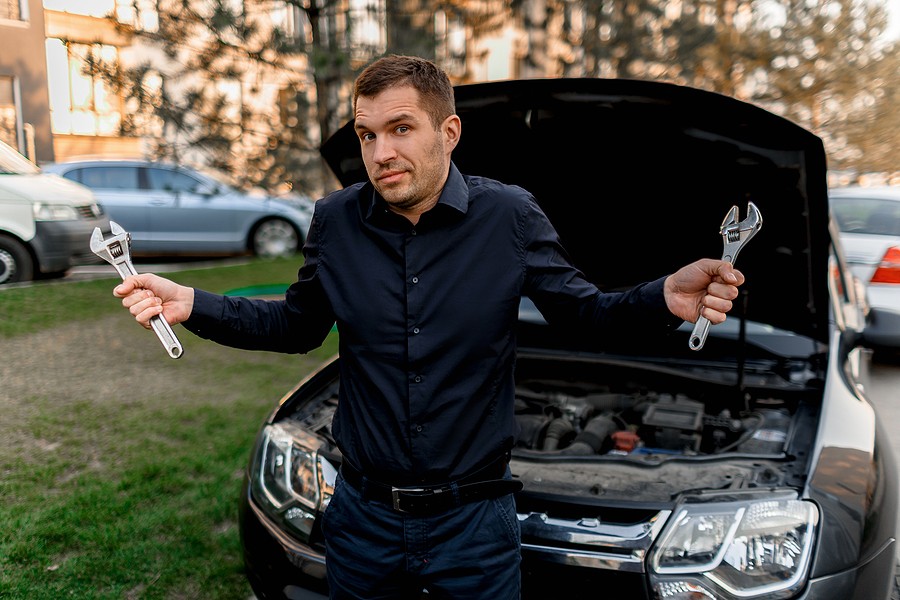
3- Inspect the oil cap
When you put too much oil in the engine, some of this oil might even escape around the oil cap. That's not a good sign because it means that you've put more than what the vehicle expects and not only a little bit more but too much.
4- Monitor any weird noises
Finally, when you put too much oil in the engine, you might start to deal with serious problems, including engine knocking or ticking, because some areas around the engine are not receiving the right lubrication because of this disturbed oil pressure in the vehicle.
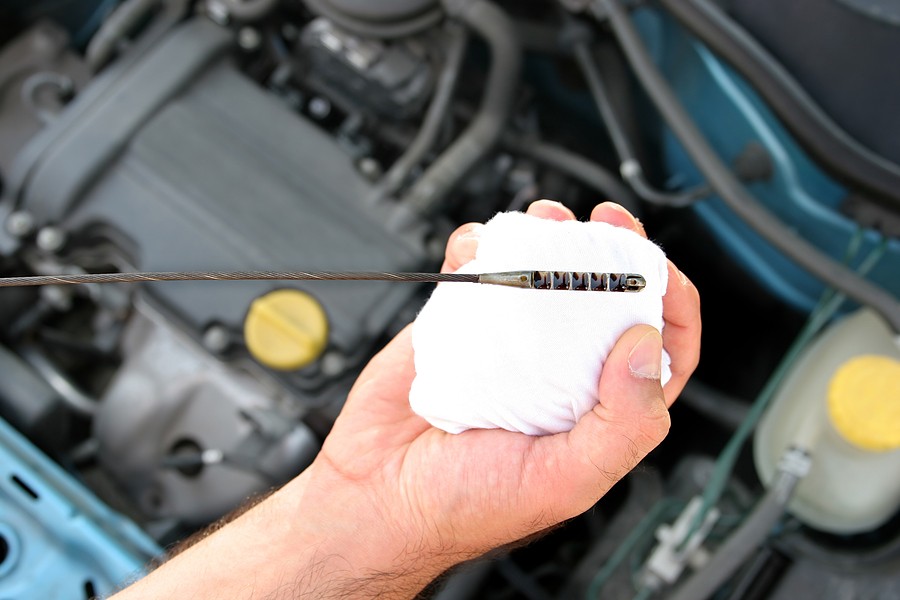
What to do if you confirm an overfilled engine oil?
We mentioned before that overfilling your engine oil is not a good thing. That's why you must take it out immediately once you confirm that the engine oil is overfilled—some proper ways to help you do that might require your mechanic's assistance.
Let's take a closer look at what you need to do when you confirm that your engine oil is overfilled:
– Drain the excess oil
The first and easiest thing you could do if you have the right tools and experience is to drain out the excess oil. You must ensure you are parked in a safe area and prepare a bucket or something to collect the excess oil.
Start by locating the drain plug according to your vehicle owner's manual. Then, please open it and allow the oil to drain inside the bucket for some time. You have to be careful about how much oil you need to drain because you don't want to drain too much, so you have to top up the oil again.
The process needs to be iterative. In other words, you might need to remove some of the oil, close it, and return to the vehicle to check how much the oil level uses the dipstick. If you need to drain more oil, you can repeat the process.
– Change the oil filter
In many instances, when your vehicle is overfilled with oil, you'll need to change the oil filter immediately. This is because the filter might be soaked with oil, which is not a good thing, and if that's the case, it might impact the oil filter's performance.
Changing the oil fields might be straightforward, but most people prefer to leave it to professionals. That's why you might need to consult your mechanic if you don't know exactly how to change the oil filter and are concerned that you could cause additional problems.
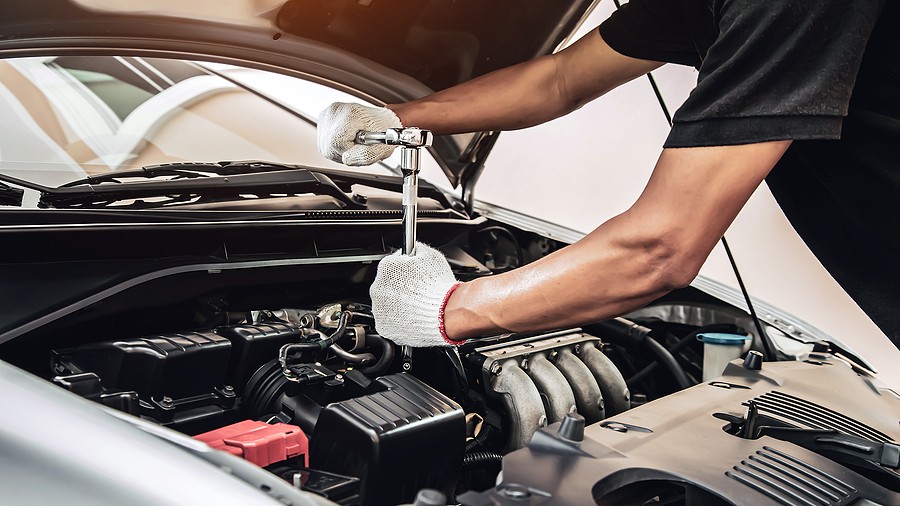
– Look for any leaks
After changing the oil filter and confirming that you don't have excess oil in your oil tank, the next step is to confirm that there are no leaks. We mentioned earlier that if you overfill your engine with oil, sometimes you might cause some breaks to the weak seals, which could result in further complications.
You can perform a quick visual inspection and look for any potential signs of leaks. Sometimes, the oil leak might not be visible, especially with small cracks. In that case, you want to look for signs of drips of fluids on the different components around the engine.
– Consult your mechanic
Finally, most older experts still recommend consulting your mechanic whenever you have an internal problem. This is because some of the things you could try doing might go wrong, leading to further complications that might cost you thousands of dollars on repair.
For example, if you don't know exactly how to change the oil filter, you can easily break it inside the housing, and this could require additional effort from your mechanic, which might cost you additional labor costs.
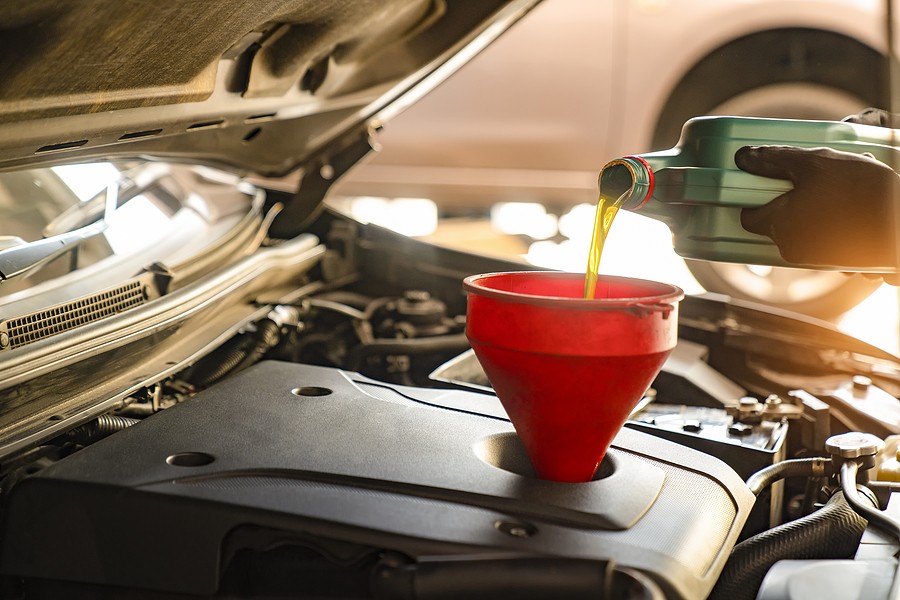
How do we know if engine oil is overfilled? Final Thoughts
Your motor oil is a critical fluid inside your car. You have to keep it at the right quantity and quality. You not only need to add oil when it's very low, but also you need to reduce the oil when it's beyond the maximum mark.
This article provided recommendations that could help you determine if engine oil is overfilled. Once you confirm that engine oil is overfilled, you need to take it out immediately and ensure that it's not exceeding the maximum mark so you don't deal with all sorts of problems that could damage the entire engine.
If you're interested in similar posts, we highly encourage you to visit our blog by clicking here!

